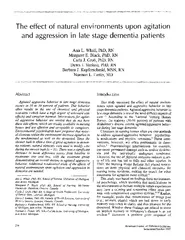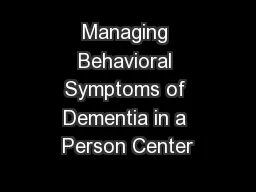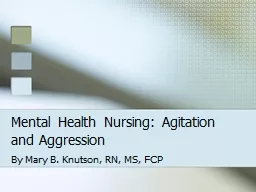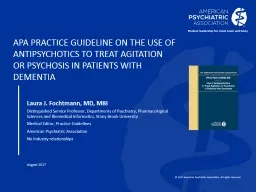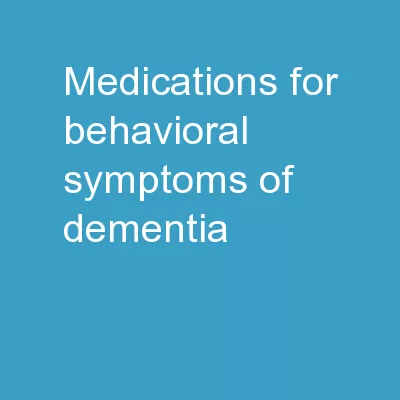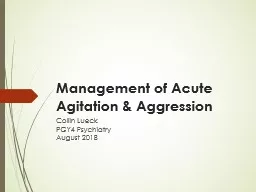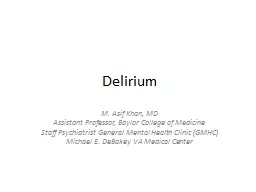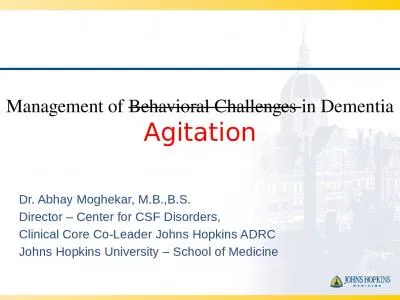PDF-The effect of natural environments upon agitation and
Author : lindy-dunigan | Published Date : 2015-04-24
Whall PhD RN Margaret E Black PhD RN Carla J Groh PhD RN Dawn J Yankou PhD RN Barbara J Kupferschmid MSN RN Norman L Foster MD Abstract Introduction Agitated aggressive
Presentation Embed Code
Download Presentation
Download Presentation The PPT/PDF document "The effect of natural environments upon ..." is the property of its rightful owner. Permission is granted to download and print the materials on this website for personal, non-commercial use only, and to display it on your personal computer provided you do not modify the materials and that you retain all copyright notices contained in the materials. By downloading content from our website, you accept the terms of this agreement.
The effect of natural environments upon agitation and: Transcript
Download Rules Of Document
"The effect of natural environments upon agitation and"The content belongs to its owner. You may download and print it for personal use, without modification, and keep all copyright notices. By downloading, you agree to these terms.
Related Documents

